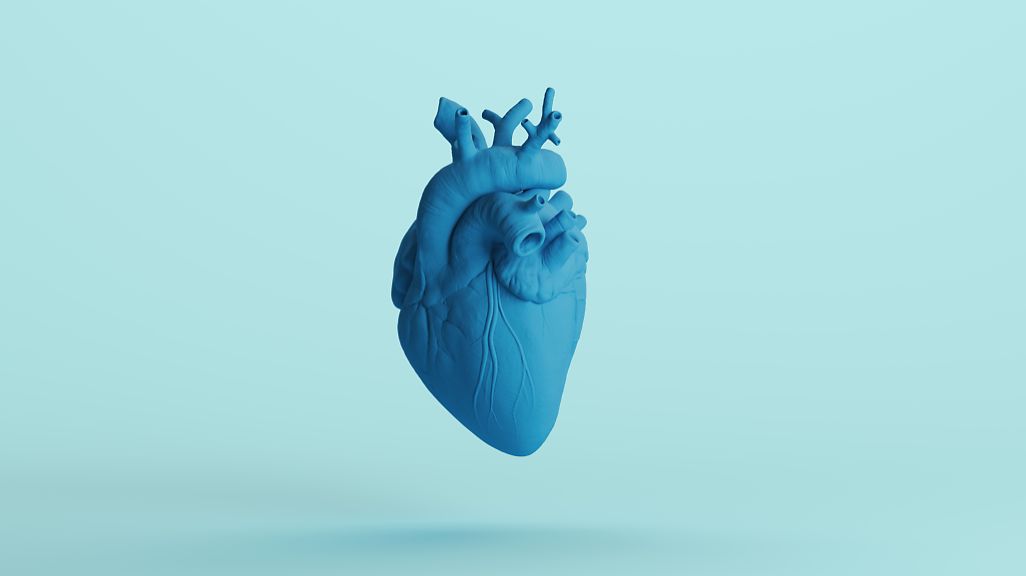By Dillon, H.T., Foulkes, S., Horne-Okano, Y.A. – Nature – Scientific Reports
Abstract
Premature cardiovascular mortality is increased in long-term allogeneic stem cell transplant (allo-SCT) survivors, but little information exists regarding subclinical cardiovascular dysfunction in this population. We compared peak oxygen uptake (V˙O2peak), a prognostic cardiovascular marker, and its determinants between long-term allo-SCT survivors and non-cancer controls. Fourteen allo-SCT survivors (mean ± SD, 44 ± 15 years, 50% male, median time since allo-SCT: 6.5 years [range 2–20]) and 14 age- and sex-matched controls (46 ± 13 years, 50% male) underwent cardiopulmonary exercise testing to quantify V˙O2peak. Resting echocardiography (left-ventricular ejection fraction and strain), exercise cardiac MRI (peak cardiac and stroke volume index [CIpeak, SVIpeak]), biochemistry (hemoglobin, troponin-I, B-natriuretic peptide), dual-energy x-ray absorptiometry (lean [LM] and fat [FM] mass, percent body fat [%BF]) and Fick–principal calculation (arteriovenous oxygen difference) were also performed. Survivors exhibited impaired V˙O2peak as compared with controls (25.9 ± 5.1 vs. 33.7 ± 6.5 ml kg−1 min−1, p = 0.002), which coincided with reduced CIpeak (6.6 ± 0.8 vs. 8.6 ± 1.9 L min−1 m−2; p = 0.001) secondary to reduced SVIpeak (48 ± 4 vs. 61 ± 8 ml m−2; p < 0.001) rather than chronotropic impairment, and higher %BF (difference, 7.9%, p = 0.007) due to greater FM (5.8 kg; p = 0.069) and lower LM (4.3 kg, p = 0.25). All other measures were similar between groups. Despite comparable resting cardiac function and biomarker profiles, survivors exhibited reduced V˙O2peak and exercise cardiac function and increased %BF relative to controls. These results highlight potential therapeutic avenues and the utility of exercise-based cardiovascular assessment in unmasking cardiovascular dysfunction in allo-SCT survivors.
Introduction
Allogeneic stem cell transplantation (allo-SCT) is a treatment for several high-risk and recurrent hematological malignancies. Advances in transplant strategies and supportive care have improved cancer-specific survival rates1,2. Despite this, cure of the underlying malignancy does not guarantee complete restoration of health. Indeed, consequent to the compounding effects of therapeutic exposures, treatment complications, and unfavourable lifestyle changes in the pre-, peri- and post-transplant period, allo-SCT survivors are 5.7-times more likely than their age- and sex-matched non-cancer counterparts to develop a severe or life-threatening condition3.




